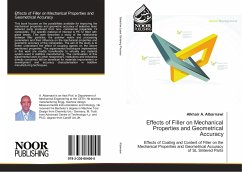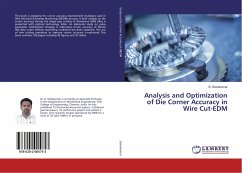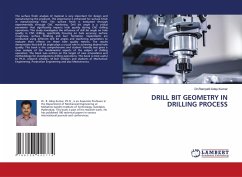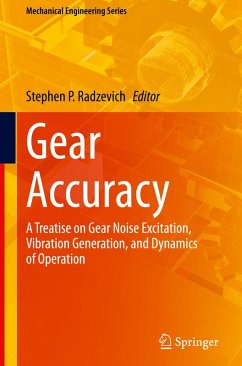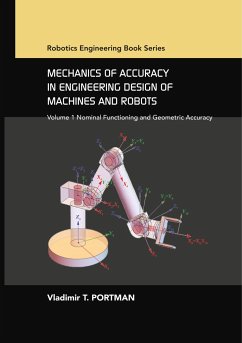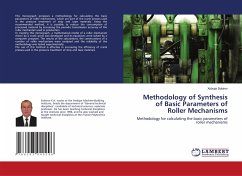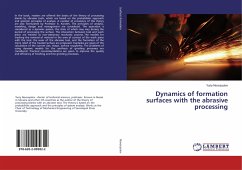
Accuracy testing of industrial robots
Determination of the positioning and repeatability accuracy of a six-axis robot
Versandkostenfrei!
Versandfertig in 6-10 Tagen
36,99 €
inkl. MwSt.

PAYBACK Punkte
18 °P sammeln!
This thesis deals with the accuracy testing of industrial robots. Specifically, a new method for determining the positioning and repeatability accuracy of a 6-axis articulated arm robot was investigated. In previously known methods, different measurement principles are used to determine various accuracy parameters of industrial robots. Various influencing factors are taken into account. Following a comprehensive analysis of existing measurement methods, a concept was developed to measure pose parameters. For the empirical investigation, an LED light band micrometer was used to determine the ac...
This thesis deals with the accuracy testing of industrial robots. Specifically, a new method for determining the positioning and repeatability accuracy of a 6-axis articulated arm robot was investigated. In previously known methods, different measurement principles are used to determine various accuracy parameters of industrial robots. Various influencing factors are taken into account. Following a comprehensive analysis of existing measurement methods, a concept was developed to measure pose parameters. For the empirical investigation, an LED light band micrometer was used to determine the accuracy parameters of the robot in different test scenarios. The results showed that the repeatability of < ± 0.1 mm specified by the manufacturer was maintained. The values for this parameter were predominantly in the thousandth of a millimetre range. The positioning accuracy of the robot was in the range of tenths of a millimetre. In the course of the investigation, various parameters were implemented in the test series in order to obtain differentiated results for the individual parameters.



